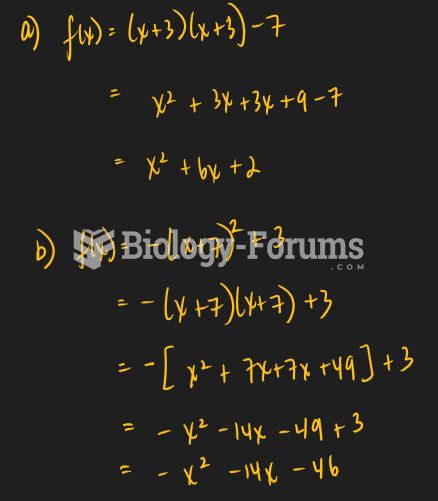Answer to Question 1
Memos and e-mails are used for a variety of purposes.
a) To request: Memos or e-mails are used to ask for information, action, or reactions.
Messages written for this purpose take the direct approach.
b) To inform: Memos or e-mails are used to communicate procedures, company policies, and
instructions. If the message contains good news, writers should use the direct approach; if the
message contains bad news, they should use the indirect approach.
c) To report: Memos or e-mails are used to convey organized data such as schedules, sales
figures, and names of clients or patients.
d) To remind: Memos or e-mails can be used as reminders about deadlines, important
meetings, and so on. Such reminders should be brief and should use the direct approach.
e) To transmit: Memos or e-mails are used to tell readers about an accompanying message.
The message could describe, explain, or simply identify the attachment or enclosure. The
direct approach works best for such memos.
f) To promote goodwill: Memos or e-mails are used to establish, improve, and maintain
goodwill. These messages can congratulate, welcome, or convey appreciation.
Answer to Question 2
Memos fill the needs for both effective internal communication and written documentation of
messages. Organizations are often large and diversified, with branches or divisions of a
company located in different states or even countries. Memos are a logical way to coordinate
the efforts of many people within an organization especially those who do not have access to
e-mail.
a) Memos are quick: Using technology can reduce the time needed to write and send memos.
Many software programs include memo templates that make it easy to compose a memo. By
using e-mail and fax machines, a writer can quickly transmit memos to recipients.
b) Memos are inexpensive: Compared with telephone calls and meetings, memos are a costeffective way to transmit messages within an organization because all recipients receive the
same information. Using plain paper instead of letterhead or preprinted memo forms also
reduces the cost of memos.
c) Memos are convenient: Memos offer access to people who are not seen on a regular basis.
Memos also minimize interruptions for the receiver. In addition, reading a memo requires less
time than a phone call or a personal visit.
d) Memos are a written record: Memos serve as a written record for both the reader and the
writer. Memos can, for example, clarify instructions or information given orally. In many
situations, a well-written memo can help prevent misunderstandings.







